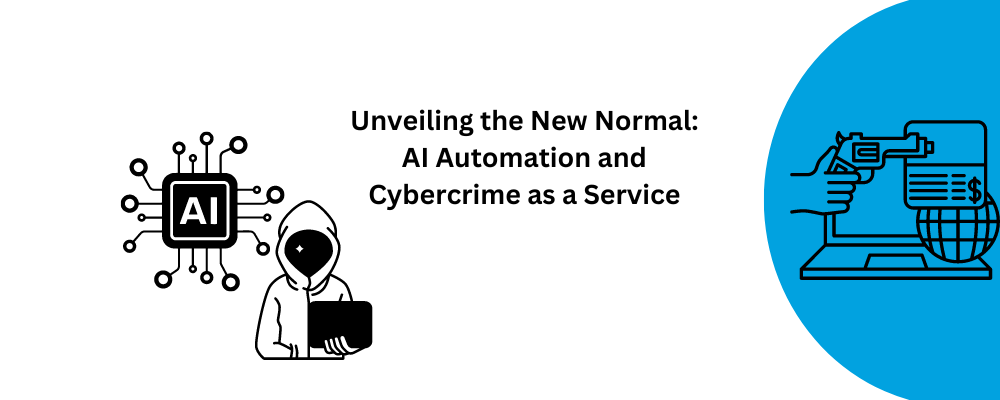Defenders Facing a Shifting Landscape
In recent years, the digital world has witnessed a paradigm shift in cyber threats. As technology advances, so do the tactics of cybercriminals. With the advent of AI automation, cybercrime as a service has become the new normal, presenting unprecedented challenges for defenders.
Understanding AI Automation and Cybercrime
AI automation has revolutionized cybercrime, enabling attackers to carry out sophisticated attacks at scale and speed. By leveraging machine learning algorithms, cybercriminals can automate various stages of the attack lifecycle, from reconnaissance to exploitation and exfiltration.
The Rise of Cybercrime as a Service (CaaS)
Cybercrime as a service has democratized access to advanced hacking tools and techniques. Underground forums offer a plethora of services, including DDoS attacks, ransomware-as-a-service, and exploit kits, allowing even novice hackers to launch devastating attacks with minimal effort.
The New Normal: Facing Defenders
Defenders are grappling with the challenges posed by AI-driven cybercrime. Traditional security measures are no longer sufficient to combat evolving threats. Organizations must adopt a proactive approach, leveraging AI and machine learning to detect and respond to threats in real-time.
Leveraging AI for Defense
AI-powered security solutions are essential for staying ahead of cyber threats. By analyzing vast amounts of data and identifying patterns indicative of malicious activity, AI algorithms can bolster an organization’s security posture and thwart attacks before they cause harm.
The Importance of Collaboration
In the face of increasingly sophisticated threats, collaboration is key. Information sharing between organizations, government agencies, and security vendors is crucial for identifying emerging threats and developing effective countermeasures.
Conclusion
As AI automation reshapes the cyber threat landscape, defenders must adapt to the new normal. By embracing AI-driven security solutions and fostering collaboration, organizations can enhance their resilience against cyber attacks and safeguard their digital assets.
FAQs
1. How does AI automation benefit cybercriminals?
AI automation allows cybercriminals to carry out attacks at scale and speed, making it easier to evade detection and maximize their impact.
2. What role does collaboration play in cybersecurity?
Collaboration enables organizations to share threat intelligence and best practices, enhancing their collective ability to detect and respond to cyber threats effectively.
3. What are some common examples of cybercrime as a service?
Examples include ransomware-as-a-service, DDoS-for-hire services, and exploit kits sold on underground forums.
4. How can organizations leverage AI for defense?
Organizations can deploy AI-powered security solutions to analyze vast amounts of data, detect anomalies, and automate incident response processes.
5. Why is it important to stay proactive in cybersecurity?
Proactive measures such as threat hunting and continuous monitoring are essential for identifying and mitigating cyber threats before they escalate into full-blown attacks.




